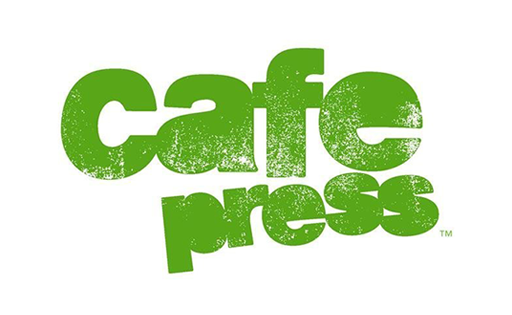In medieval Europe, the practice of creating paper figures as offerings for the dead was a common tradition. These figures, made from paper or parchment, were often fashioned in the shape of knights or priests and were used in funeral ceremonies and other memorial rituals.
The tradition of creating paper figures for the dead dates back to ancient times, and it was believed that these offerings could help appease the spirits of the dead and ensure their passage into the afterlife.
During the Middle Ages, this practice became more widespread and was particularly popular among the aristocracy and the clergy.
The use of paper figures as offerings for the dead was rooted in the medieval belief that the deceased would continue to exist in the afterlife and could still benefit from offerings made by the living. The paper figures were thought to represent the deceased and were often decorated with personal items or symbols that held meaning for the departed.
Knights and priests were popular choices for paper figures as they were seen as important figures in medieval society. Knights were revered for their bravery and chivalry, while priests were respected for their religious knowledge and guidance.
Knights were one of the most popular subjects for these paper figures, as they were seen as symbols of bravery and chivalry.
The creation of paper knights was often accompanied by elaborate rituals, which involved prayers and offerings of food and wine. The figures themselves were intricately designed, with each detail carefully crafted to ensure their authenticity.
Similarly, paper priests were also commonly made as offerings to the dead. These figures were created as a symbol of piety and devotion, and were often used to honor deceased members of the clergy.
The creation of these paper figures was not limited to the wealthy, and many common people also practiced this tradition. The figures were often created using simple materials, such as paper and twine, and were decorated with whatever was available.
Paper figures were often created by skilled craftsmen who would carefully cut and shape the paper to create intricate designs. These figures were then placed in tombs or other sacred spaces as offerings for the deceased.
In addition to paper figures, other offerings such as food, wine, and candles were also commonly used in medieval funeral and memorial rituals. These offerings were seen as a way to honor the dead and ensure their well-being in the afterlife.
While the use of paper figures as offerings for the dead is no longer a common practice in modern times, it remains an important part of medieval history and culture. These figures provide insight into the beliefs and traditions of medieval society and offer a unique glimpse into the lives of those who lived during this fascinating period in history.























